Blog
Key Points in the Street Lighting Design -Part I

Introduction
The main purpose of street light desginis to provide an appropriate lighting level for motorists to ensure safety in driving or for pedestrians to ensure safety while walking. In cities, street lighting plays an additional role in creating a more attractive and safer environment. The ability of city street lighting to illuminate objects is affected by the quality of the light and other physical factors such as traffic levels and road surfaces. A good street lighting system will ensure the visual detection of objects at greater distances.
For more and more outdoor LED lighting projects, Oleder’s LED street light developers have launched street lighting designs to provide customers with more comprehensive technical support. The lighting effect and overall quantity can better communicate with the end customer and calculate the project cost more accurately. At the same time, it also displays detailed street lighting data for customers, which can meet the different lighting requirements of customers. This article will describe the various lighting factors that we should consider when designing an effective lighting system, as well as the minimum standards that need to be met to ensure safe driving conditions.
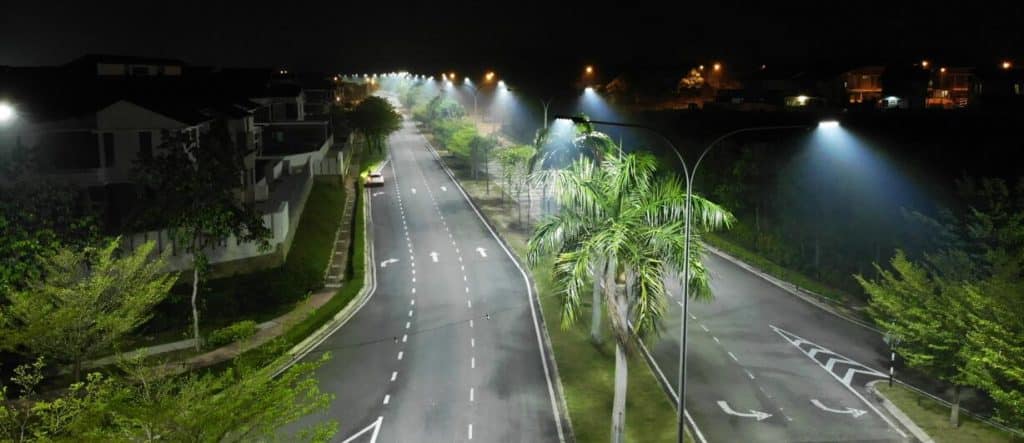
Main factors which we should pay attention to?
Street lighting evaluation indicators include average road luminance Lav (road average illuminance, road minimum illuminance), brightness uniformity, longitudinal uniformity, glare, environmental ratio SR, Color Rendering Index, and visual inducement. So these are the points we need to pay attention to when doing street lighting design.
Average Road Luminance Lav in Cd/m
Road Luminance is a measure of the visibility of the road. It is the most important factor affecting whether the obstacle can be seen, and it is based on the principle of illuminating the road enough to see the outline of the obstacle. Brightness (Road Luminance) depends on the light distribution of the luminaire, the lumen output of the luminaire, the installation design of the street lighting, and the reflective properties of the road surface. The higher the brightness level, the better the lighting effect. According to lighting-class standards, Lav is in the range between 0.3 and 2.0 Cd/m2.
Uniformity
Uniformity is an index to measure the uniformity of light distribution on the road, which can be expressed as overall uniformity (U0) and longitudinal uniformity (UI).
Street lighting facilities must determine the allowable difference between the minimum brightness and the average brightness on the road, that is, the overall brightness uniformity, which is defined as the ratio of the minimum brightness to the average brightness on the road. Good overall uniformity ensures that all points and objects on the road are sufficiently illuminated for the driver to see. The Uo value accepted by the road lighting industry is 0.40.
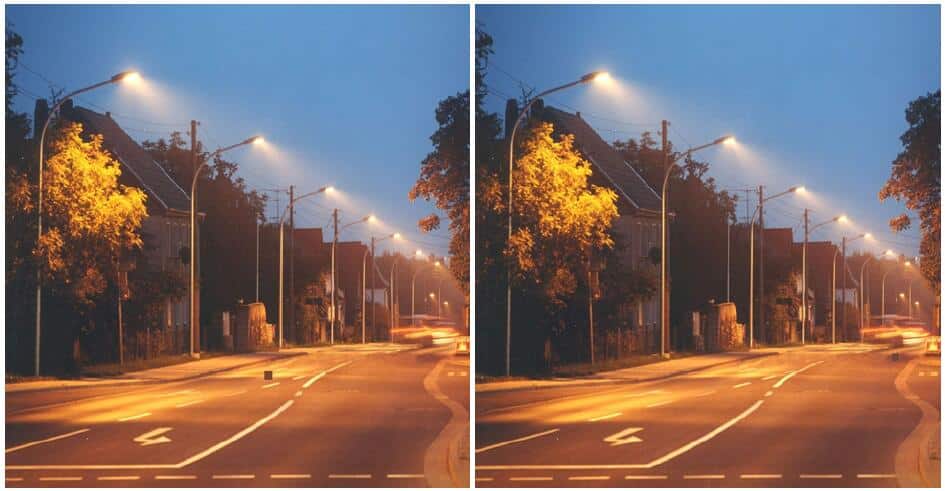
On the other hand, for comfort, the difference in brightness between the brightest and darkest areas along the centerline of the lane, ie, longitudinal uniformity, should be limited. Good longitudinal uniformity reduces the pattern of high and low brightness on the road (i.e. the zebra effect), thus ensuring comfortable driving conditions. It is applicable to long and continuous roads.
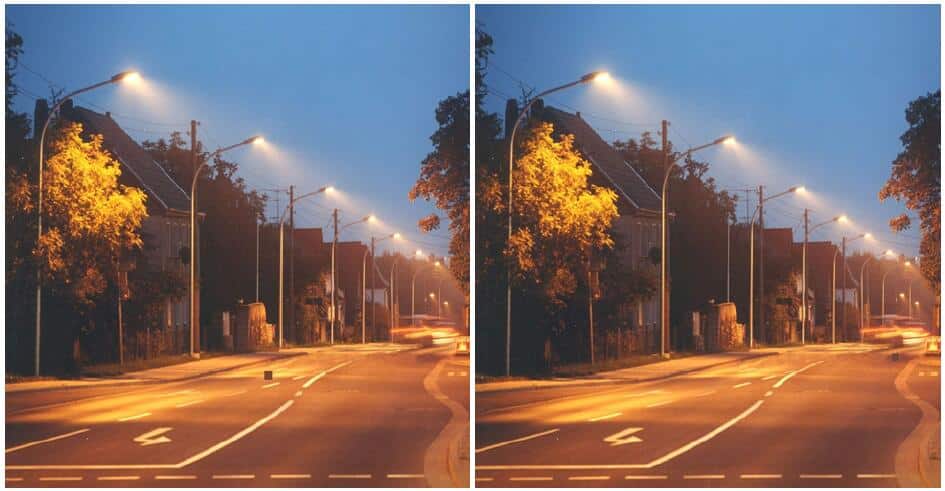
Glare
Glare is the blinding sensation that occurs when the brightness of light exceeds the level of adaptation of the human eye to light. It can cause discomfort and reduce road visibility. It is measured in Threshold Increment (TI), which is the percentage increase in brightness required to compensate for the effects of glare (ie, to make the road equally visible without glare). The industry standard for the glare in street lighting is between 10% and 20%.
Road Average Illuminance, Road Minimum Illuminance, and Vertical Illuminance
The average value of the illuminance of each point is measured or calculated at the preset points on the road according to the relevant regulations of CIE. The lighting requirements of motor vehicle lanes are generally based on brightness, but the lighting requirements of sidewalks are mainly based on road illuminance. It depends on the light distribution of the lamps, the lumen output of the lamps, and the installation design of the street lighting, but it has little to do with the reflection characteristics of the road. Illuminance uniformity UE (Lmin/Lav) also needs attention in sidewalk lighting, it is the ratio of the minimum illuminance to the average illuminance on the road. To provide for uniformity the actual value of the maintained average illuminance may not exceed 1.5 times the value indicated for the class.
Surround ratio (SR)
The ratio of the average horizontal illuminance in the 5 meters wide area outside the roadway to the average horizontal illuminance on the adjacent 5 meters wide roadway. Road lighting should not only illuminate the road, but also the adjacent area so that motorists can see surrounding objects and anticipate possible road obstacles (eg, pedestrians about to step onto the road). SR is the visibility of the road perimeter relative to the main road itself. According to lighting industry standards, the SR should be at least 0.50, as this is ideal and sufficient for proper eye accommodation.

Color Rendering Index
The color rendering index measures the ability of artificial light sources to display or reproduce the color of the road or objects on the road relative to natural light sources. The natural light source (sun) has a CRI of 100. The higher the index, the better the visibility. It’s recommended CRI ≥ 70 for all types of road lighting classes.
Visual Inducement
Through the guidance auxiliary facilities of the road, such as the centerline of the road, the curb, the road sign, the emergency road barrier, etc., the driver can make the driver know his position and the direction in front of the road.
Which standard your projects shall meet?
They have different standards for vehicle lanes and sidewalks. We have listed two tables below for you to quickly check relative standards. The tables below are for motorways and sidewalks, respectively. As you can see, it includes Lav (Eav, Emin), Uo, UI, Ti, and SR requirements. Of course, in addition to lighting class M and class P, there are other lighting classes. For example, lighting-class C is for conflict areas. Normally projects or tenders have a requirement on the protection class of lamps. They will ask for either Class I or Class II for AC input LED street lights. For what is Class I or Class II, you can read our related article “Class I vs Class II vs Class III, or Class 1 vs Class 2“
Street lighting standard table
Lighting class standard table for motorways
| Lighting class | Dry | Wet | TI in % | SR | ||
| Lav in cd/m2 | Uo | UI | Uo | |||
| M1 | 2.0 | 0.40 | 0.70 | 0.15 | 10 | 0.5 |
| M2 | 1.5 | 0.40 | 0.70 | 0.15 | 10 | 0.5 |
| M3 | 1.0 | 0.40 | 0.60 | 0.15 | 10 | 0.5 |
| M4 | 0.75 | 0.40 | 0.60 | 0.15 | 15 | 0.5 |
| M5 | 0.50 | 0.35 | 0.40 | 0.15 | 15 | 0.5 |
| M6 | 0.30 | 0.35 | 0.40 | 0.15 | 20 | 0.5 |
Lighting class standard table for pedestrians
| Lighting class | Average horizontal illuminance Eav in lx | Minimum horizontal illuminance Emin in lx | Ti in % | Additional requirement if facial recognition is necessary | |
| Minimum vertical illuminance Ev,min in lx | Minimum semi- cylindrical illuminance Esc,min in lx | ||||
| P1 | 15 | 3.0 | 20 | 5.0 | 3.0 |
| P2 | 10 | 2.0 | 25 | 3.0 | 2.0 |
| P3 | 7.5 | 1.5 | 25 | 2.5 | 1.5 |
| P4 | 5.0 | 1.0 | 30 | 1.5 | 1.0 |
| P5 | 3.0 | 0.6 | 30 | 1.0 | 0.6 |
| P6 | 2.0 | 0.4 | 35 | 0.6 | 0.4 |
What lighting-class do you need to meet for your project? If you’re still hesitating, we think you can find your answer in two ways.
Requirement from tender
As a municipal project, road lighting generally has technical specifications for their lighting projects. For example, the following table is the lighting performance that our project in Kuwait requires. It gives the width of the road, the height of the pole, the length of the arm, and the tilt angle, through which we can confirm the selection of LED street lights, including wattage, lens, and pole spacing.
Generally speaking, the smaller the wattage, the larger the distance between the lamps (the fewer lamps required for the project), and the better it can meet the requirements of the project party. Of course, the price of lamps is also a factor that the project party often considers. For details, please refer to our article about street light cost.

To be continue...
CATEGORIES
CONTACT US
Contact: Royce O'young
Phone: 15920570517
Tel: 0086-20-37716973
Email: r.oyoung@oleder-lighting.com
Add: Room 335,#1 Xianke 1st Rd, Honglitronic Group,Huadu ,510890, Guangzhou,P.R.C.
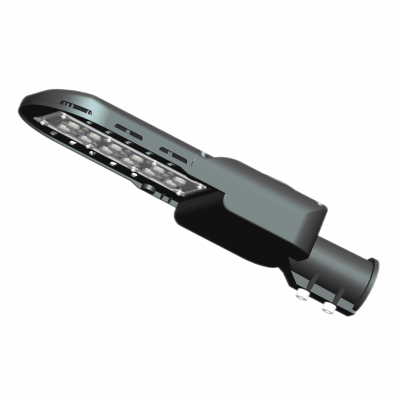
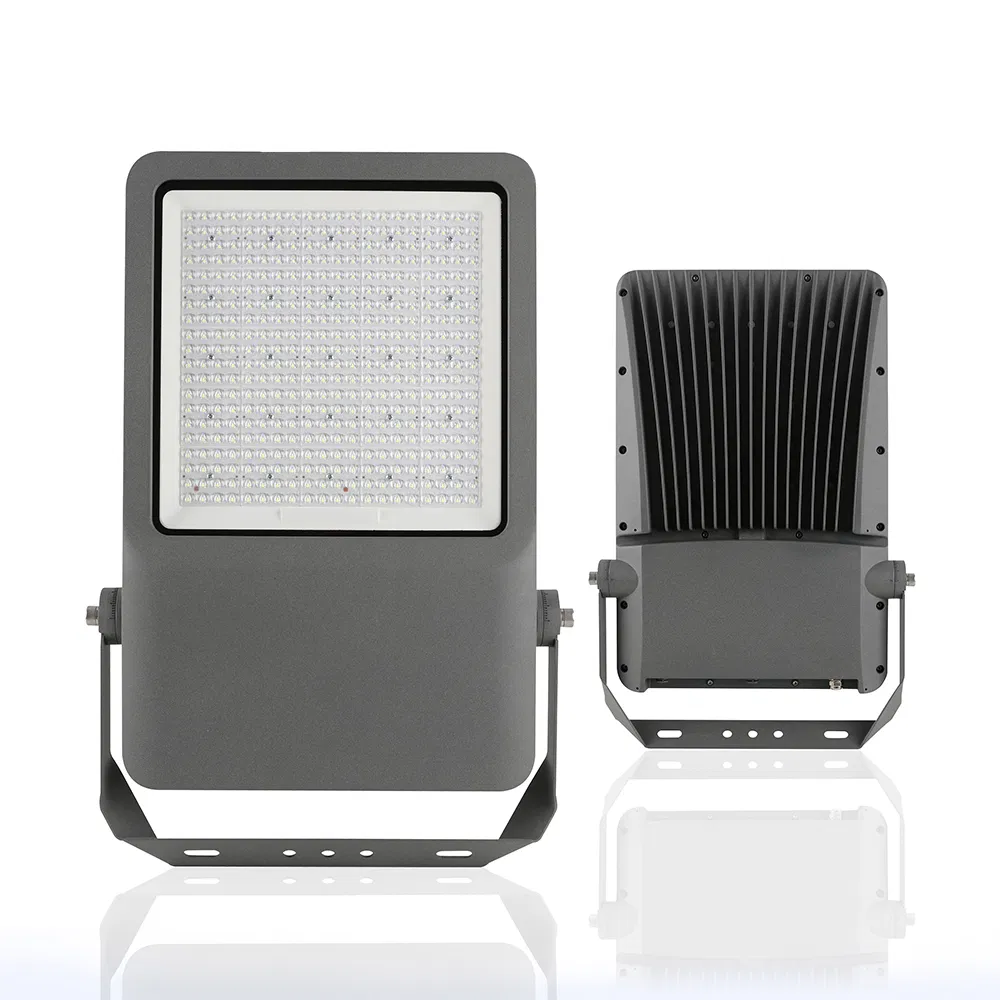
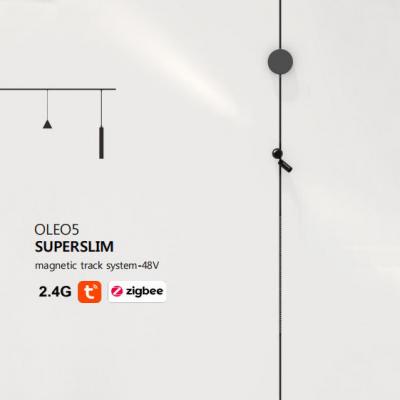
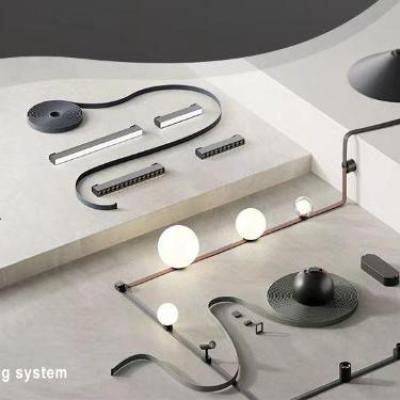
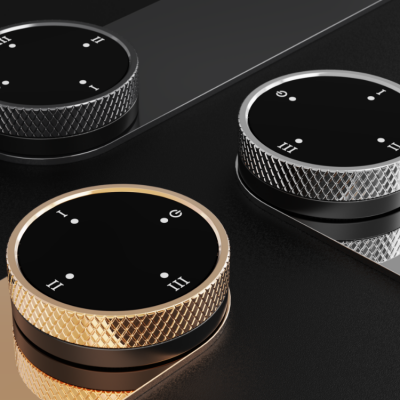
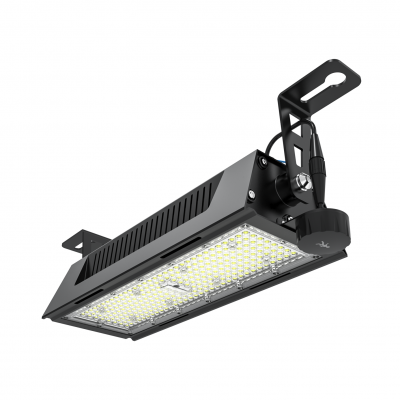
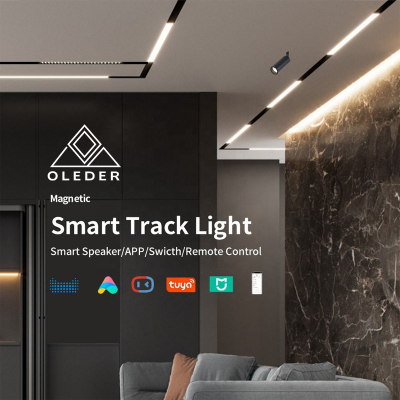
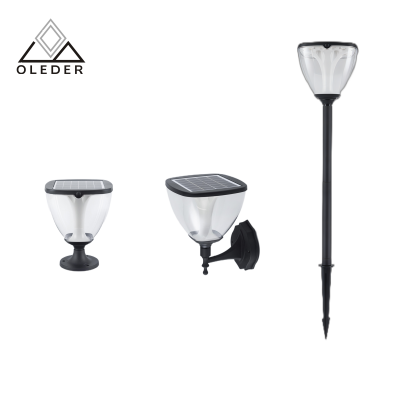
 Sales
Sales